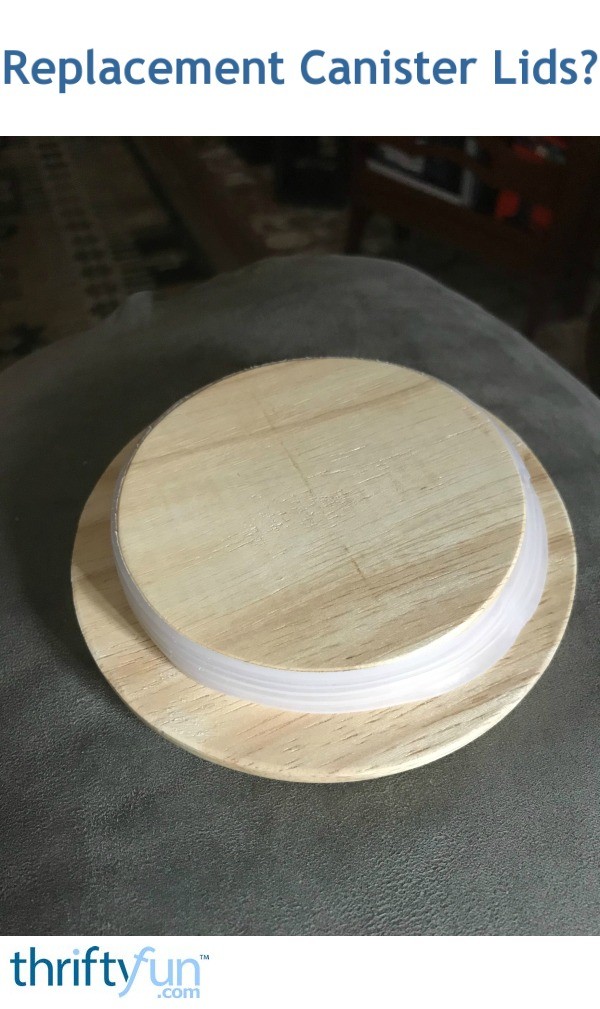Table of Content
The bare wire is the copper ground wire, which is the safety part of the circuit. The ground wire is a direct path to the ground, acting with the circuit breaker if there should be a short circuit. Electric service panels are now equipped with AFCIs in place of standard circuit breakers as protection. AFCIs provide enhanced fire protection against an additional fire hazard known as an arc fault. Arc faults are hazardous electrical problems caused by damaged, overheated, or stressed electrical wires and devices.
But electricity doesn’t have to flow through wires for the return trip to the source. It can return to the source through any conductor—including a person. The conductor just has to contact the earth directly or touch a conductive material that goes to the earth.
Extension Cord Safety Virtual Demonstration – Spanish
But understanding how your home's electrical system works is essential for maintaining a safe and functional living space. This blog will break down what every homeowner should know about their electrical system. The overhead service line will enter the weatherhead and then go to the meter via the conduit. The subterranean kind is brought to the meter via a pipe from its buried position. Everyone uses energy in their homes daily, but how does it arrive, and how is it distributed?

If there is an imbalance, it is assumed that electricity has left the circuit and has created an unsafe condition, and that is when GFCI protection is needed. Always hire a licensed electrical contractor for any electrical work you’re doing in the house. Because they are the experts and can help make sure everything is done safely, to code, and know to pull the needed permits. This saves you from making expensive repairs down the road, having to stop work due to lack of permits, or worse, dealing with an electrical fire. Like we said, the electrical system is complicated and we cannot get into the nitty-gritty over an article. However, if you have any questions or concerns, then feel free to call HomeOps Electric and get in touch with a live representative or qualified electrician.
How does a home electrical system work?
Three-way switches are installed to operate lights from at least two different switches, such as the top and bottom of a stairwell. Dimmer switches may also be present for adjusting the brightness of a light fixture. Clothes dryers and some ranges have heavy outlets that allow the appliances to be installed and uninstalled more quickly than if they were hard-wired.
Each bundle contains three wires, two of which are insulated with plastic and one uninsulated. “Hot” wires are those that are black and red insulated and come directly from the circuit breaker. The white wire is the “neutral” which brings the current back to the electrical source in the panel.
Electrical Panel
A failure to install AFCIs could result in arc faults being hidden from plain view until it’s too late. Fuses have been around in homes since 1965 and are used in circuits as an electrical safety device. It helps to protect an electrical current from excessive electrical surges.

Electrical panel is located in the basement, garage, utility room, or the outside of your home. So, builders and electricians usually divide the electrical system into sub-sections called circuits. Grounded conductor that completes a circuit by providing a return path to the source.
Common Home Electrical Problems
A circuit consists of a hot wire that goes from the main panel to a series of lights, receptacles, or appliances, and a neutral wire that returns to the main panel. In addition to the neutral wire, a grounding wire also returns to the main panel and, from there, to the earth. The purpose of the ground is to divert electricity from any short-circuiting hot wires into the earth, preventing electric shock.
Understanding how a home’s electrical system works is vital if there is a problem or if the homeowner wishes to upgrade. There are many parts in a home electrical system that work together to ensure a convenient, safe operation. Power is usually connected from the primary grid using an overhead service line or underground service line. The meter provides the utility provider with readings that are calculated to the power bill. One area where many electrical jobs are performed is in the service panel. This is the metal cabinet located in the basement or utility space.
The earliest electrified homes had wiring for lights and a few appliances. Although many families no longer use landlines, nearly all existing homes and even most new construction still have telephone wiring. It is a different type of technology from the electrical system that powers everything in the house. A different skill set is required for many functions, such as installation, troubleshooting, repair, maintenance, and upgrading. AFCIs are new protective devices that replace standard circuit breakers in the electric service panel. AFCIs provide enhanced protection against additional fire hazards known as arc faults.
Within the breaker box, the energy is distributed to smaller lines that go to different areas of the residence. Some may flow to a subpanel, which provides additional circuits for various home services. Since 1920, most homes have been outfitted with polarized outlets that feature two vertical slots of different sizes.











